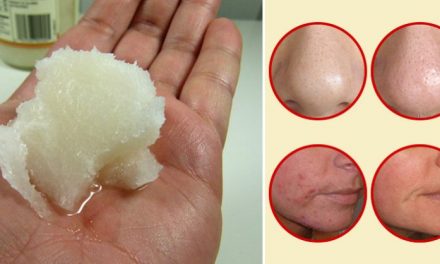In February of 2015 Dan Rather interviewed Daryl Hall of Hall and Oats fame. At the end of the interview, after Rather asked him what the worst thing was to ever happen to him, he answered, “Getting Lyme Disease is no fun, I’ll tell you that right now.”
I had no idea.
Doctors Denying Chronic Lyme Disease
Now that Lyme is finally being talked about, people who have long suffered with it are stepping into the light. With that in mind, the Huffington Post interviewed Daryl and his trusted doctor, Richard Horowitz, an esteemed Lyme specialist, Board Certified Internist, and Director of the Hudson Valley Healing Arts Center, in Hyde Park, New York. Dr. Horowitz has also written some New York Times best-sellers, including: Why Can’t I Get Better. And, due out later this year is: How Can I Get Better. This guy knows Lyme.
From the article:
Dr. Horowitz: Parkinson’s disease is a clinical diagnosis, and the one common denominator underlying most chronic illness, especially neurological diseases like Parkinson’s, is inflammation. We now know that different neurological diseases, including Parkinson’s and Alzheimer’s, as well as the symptoms of chronic Lyme disease are all influenced by inflammation, which can have multifactorial etiologies.
For example, inflammation could be due to different infections (like Lyme and Bartonella), autoimmune processes, environmental toxins, unhealthy bacteria in our colons (dysbiosis), an improper diet and/or nutritional deficiencies, as well as a lack of sleep.
I call these multiple overlapping medical problems keeping Lyme patients sick, MSIDS. It stands for Multiple Systemic Infectious Disease Syndrome and it is a comprehensive map to identifying the factors that keep people sick so that they can achieve wellness. Infections and toxins on the MSIDS map drive inflammation, and in the case of tremors, Lyme combined with mercury toxicity and pesticide exposure, can all increase inflammation in the central nervous system, leading to amyloid production, which damages our nerve cells. This causes memory problems and tremors. If we want to control the symptoms of Lyme disease and decrease these neurological manifestations, we have to address all of the above overlapping causes of inflammation.”
So, if you are able to identify the inflammation, it can potentially be dealt with. In Daryl’s case, he had intermittent symptom flares: fatigue, pain, sweats, palpitations, and mild cognitive problems, which kept him from doing what he wanted to do, at full capacity, but thankfully his body responded to, “combinations of antibiotics that addressed the cell wall, cystic and intracellular forms of Lyme and co-infections (Babesia played a role, as it does in many), and we found multiple abnormalities on the MSIDS map contributing to inflammation and sickness.” To combat flare-ups they used antibiotics and sometimes low dose herbal therapies but that was only once the huge amount of the bacteria and parasites were sufficiently knocked down.
More from the article:
It’s mystifying to me. When something is impossible to understand, then conspiracy theories crop up. And you start asking why; what is all this virulent opposition to the reality of chronic Lyme disease? And I don’t know what the truth of it is- why they’re denying it— but I can certainly tell you that it is hurting a lot of people. It is hurting a lot of doctors and it is hurting a lot of patients that should be treated properly. It’s a scandal, really.”
The most important thing you can do for yourself, if you think you have Lyme, is to find a Lyme-literate doctor. Make a list of questions, symtpoms, whatever you need to do, and speak to them. Don’t waste anymore of your time talking to someone who won’t take you and your symptoms seriously. Dr. Horowitz says there is hope. In the last 28 years he’s seen over 10,000 chronicaly ill Lyme patients and while it doesn’t happen overnight, the majority of people get better.
If you’d like info on my Lyme story click here but don’t give up. There IS hope.
Source: Huffington Post












